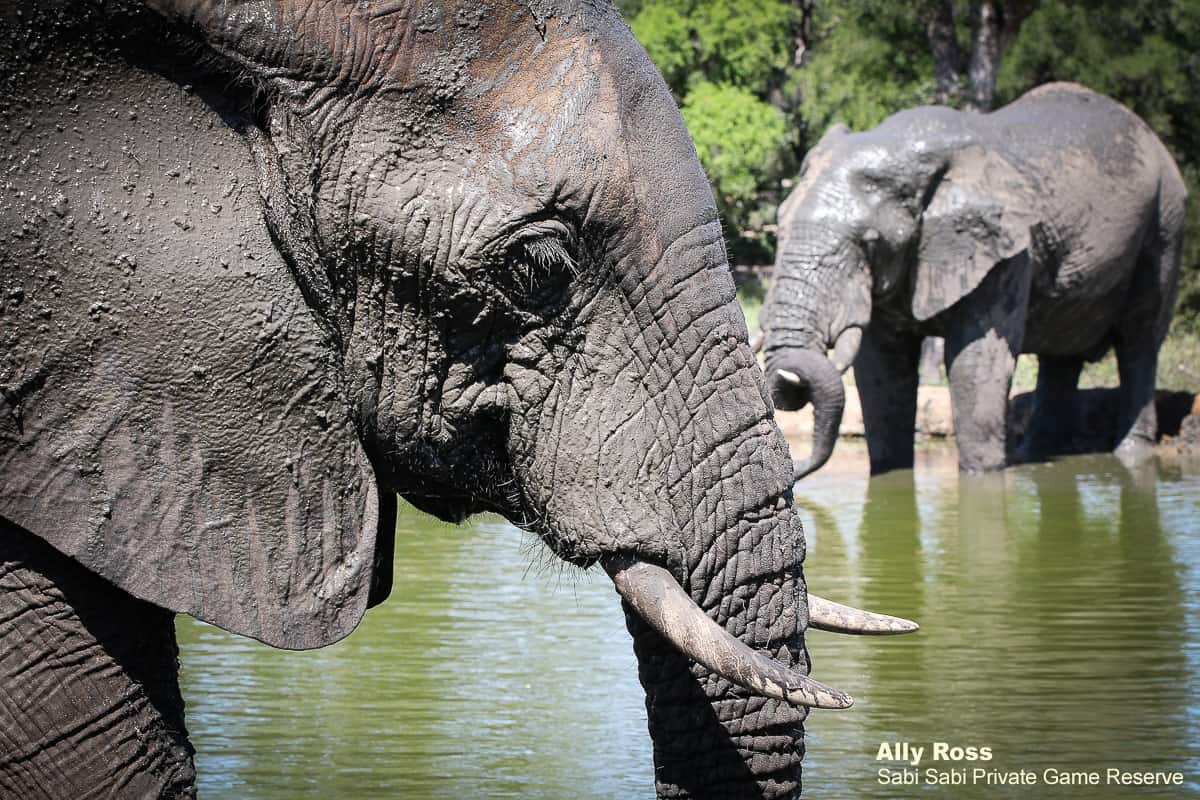Hot or not – Thermoregulation in animals
on Apr 16, 2020Ever wonder how animals keep cool?
If you have ever been on safari with us here at Sabi Sabi during the summer periods, you will remember with steaming hot memories how warm it can get. As we all know animals that you may see on safari inhabit some of the hottest environments here in South Africa and due to climate change, these areas are bound to get warmer.
Animals are incredibly unique and wonderfully made. They each have a special adaptation that enables them to endure extreme temperatures. In our case, the African heat.
African Elephant
Elephants are one of the more common thick-skinned animals to be seen on safari. On closer inspection you notice how thick, wrinkly and dark the elephant’s skin is! An animal this dark can surely overheat in the very hot conditions of Africa. Elephants have a couple of useful tricks up their trunks in order to help cool down.
You’ll often see elephants during the heat of the day, standing under large trees, that provide a substantial amount of shade, mud bathing and covering their bodies with dust. However, the most unique adaptation to thermoregulation is flapping their ears.
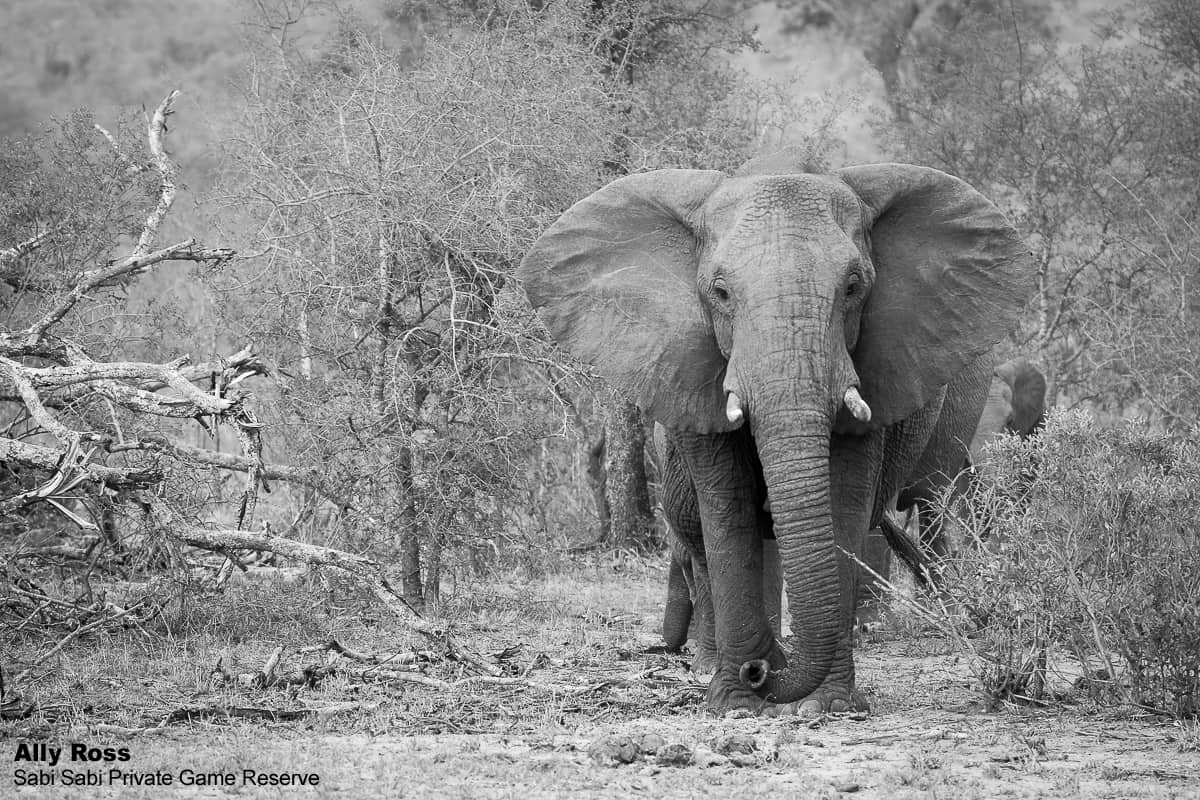
An elephant’s large ears are richly supplied with blood in an extensive venous network that dilates in hot weather. The skin is incredibly thin and the surface area of both ears could account for as much as 20% of the entire body!
The flowing of blood alone through the veins and capillaries is enough to allow heat to dissipate. However, when they flap their ears this is when heat loss and blood cooling are significantly enhanced. The flapping ears help cool air currents pass over the ears, as the cooler blood recirculates through the body, the core temperature of the body will decrease.
This is most certainly something that you’ll be able to witness when out on safari.
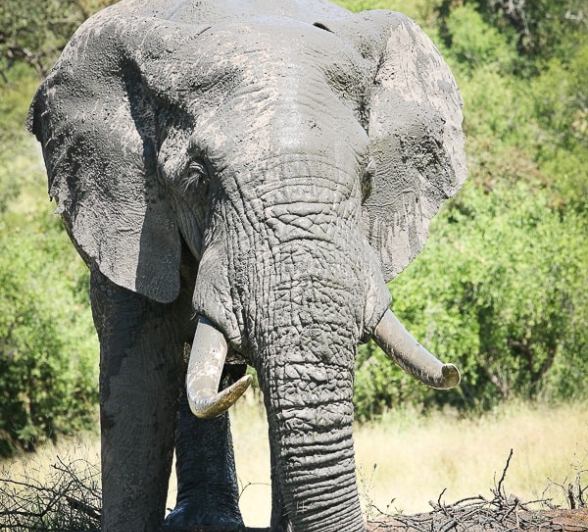
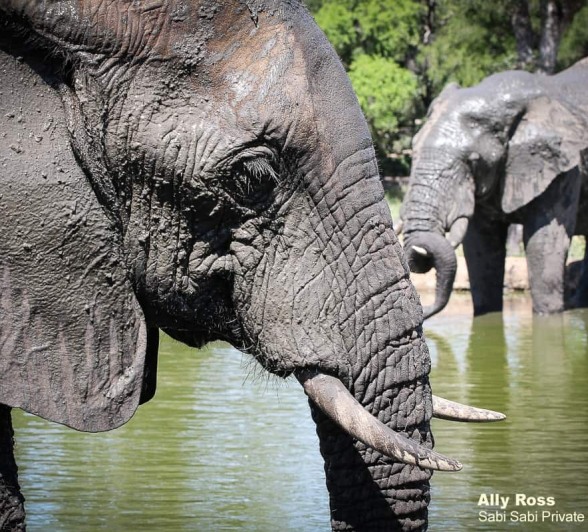
Giraffe
Giraffe are one of the most sought-after animals to see on safari. Their sheer size and beauty captivates safari goers every time. We are mesmerized by their height, comical long necks and their beautiful patterns. And it is through these pretty patterns that thermoregulation takes place.
Their spots act as thermal windows. Each patch contains a sophisticated network of blood vessels and glands. They are made up predominately large branches that break off into smaller branches around the end of the patch. The giraffe is able to send blood through these small branches to the center of the patch where the larger branches meet, this will push the heat of the body cooling their system.
This method of thermoregulation is effective purely because they are so large and there is a fair amount of surface for the skin. The larger the neck, the larger the patches therefor the greater the surface are for giving off heat.
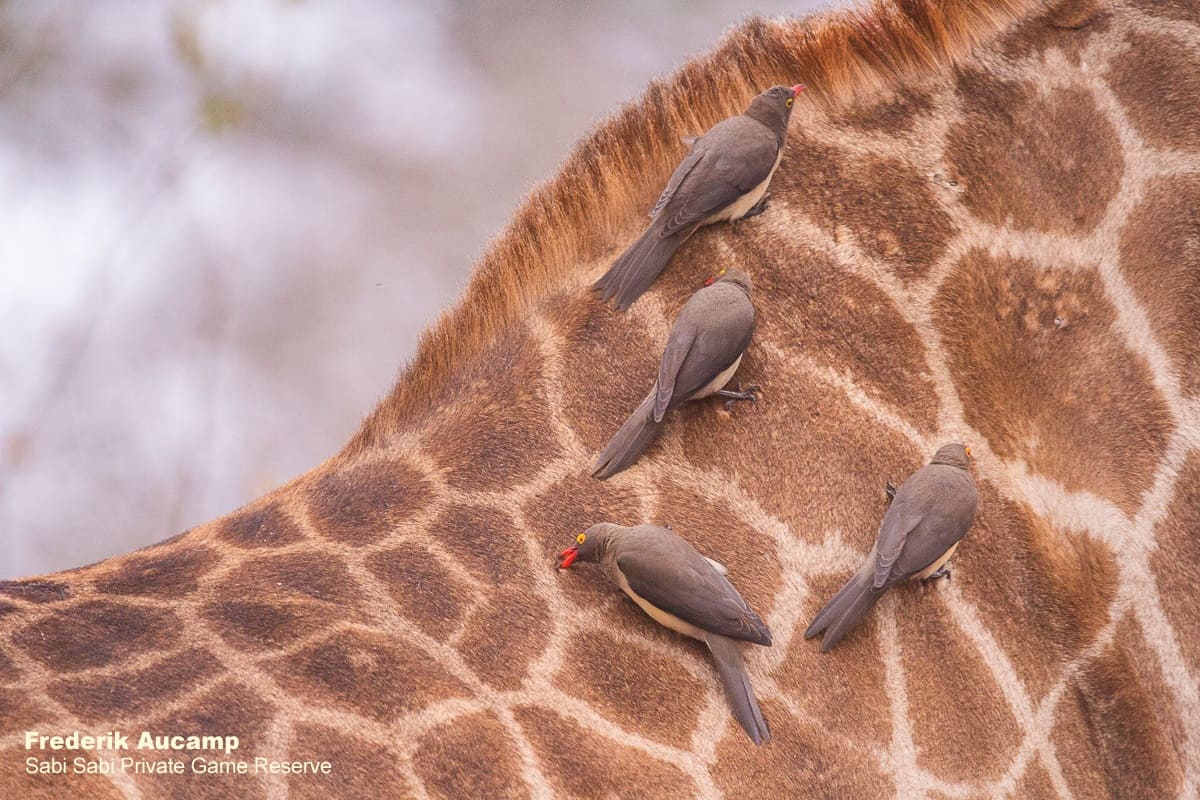
Zebra
Stripes, as spots on other animals, are unique and interesting. We are dazzled by a zebra’s stripes, especially due to every single one being as unique as a fingerprint.
But what is it about the stripes that really stands out?
Through years of study an interesting phenomenon has come to light. There is a greater concentration of capillaries below the black stripes of a zebra than what seems to be under the white. While this may seem obvious, black attracts heat while white is cooler, this function is thought to be an effective way of dissipating heat.
With black stripes getting substantially hotter than white, it results in a lower air pressure above the black stripes than what it does above the white. The pressure gradient allows for cooler air from the white stripe to flow over to the black stripes. These so called “winds” help cool the blood and dissipate heat from the prominent black stripes.
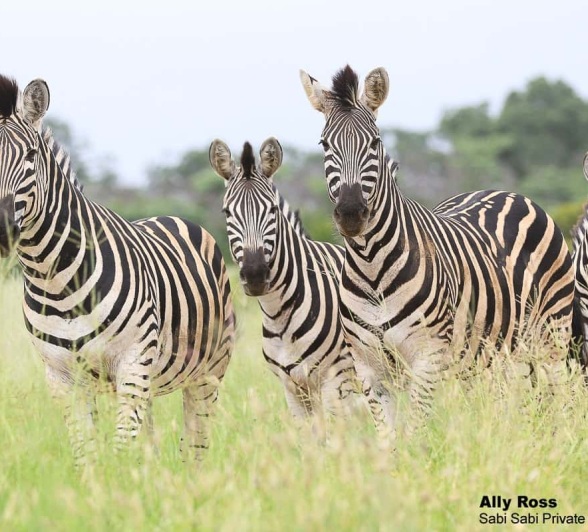
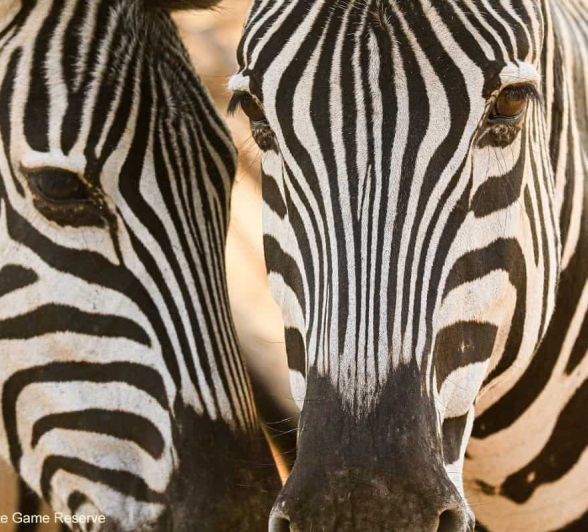
When you’re out on safari next and experiencing the heat that Africa has to offer, remember these little facts to help you better understand how these animals survive in extreme conditions.
